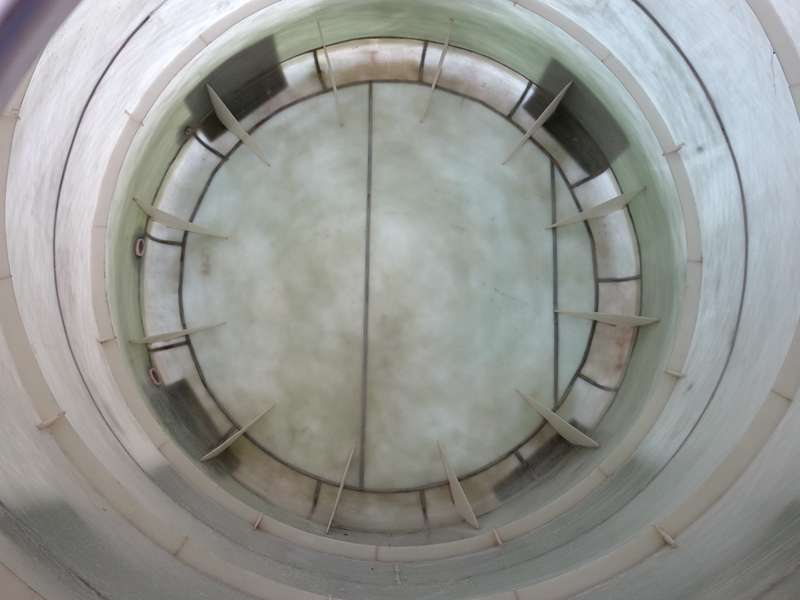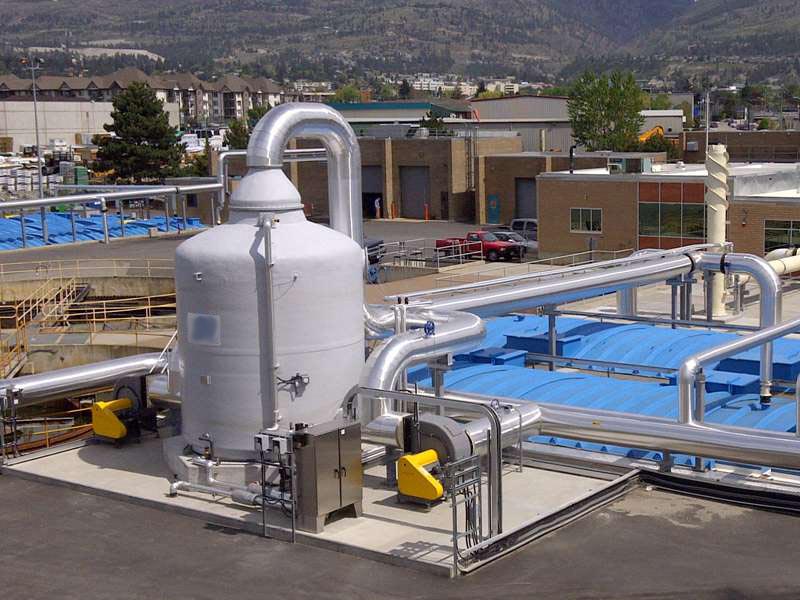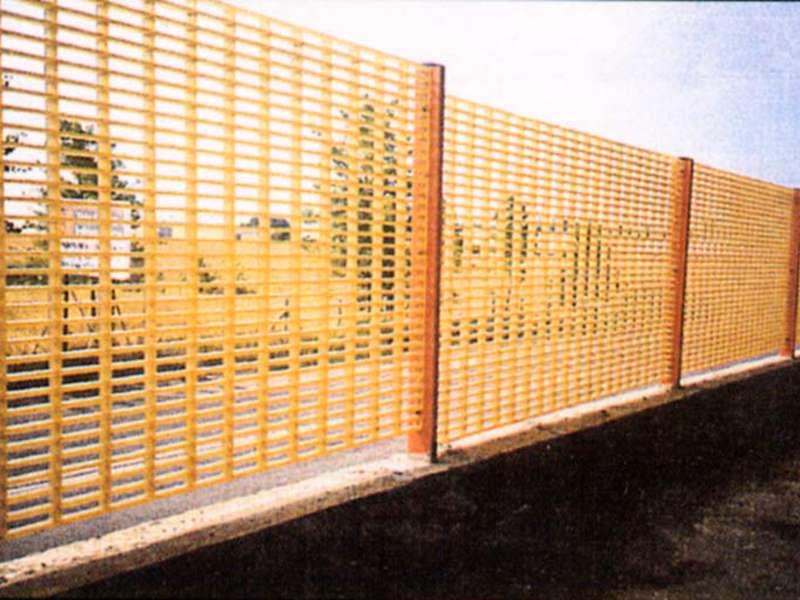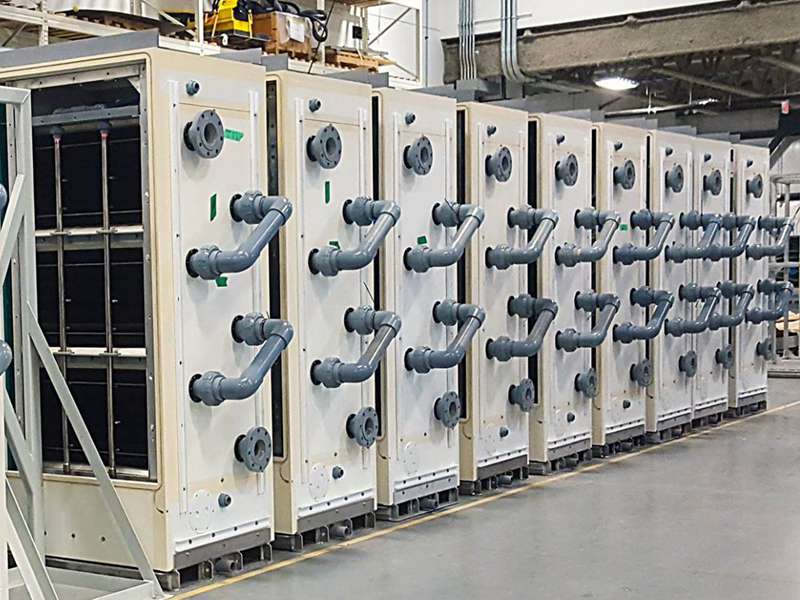
-
 Afrikaans
Afrikaans -
 Albanian
Albanian -
 Amharic
Amharic -
 Arabic
Arabic -
 Armenian
Armenian -
 Azerbaijani
Azerbaijani -
 Basque
Basque -
 Belarusian
Belarusian -
 Bengali
Bengali -
 Bosnian
Bosnian -
 Bulgarian
Bulgarian -
 Catalan
Catalan -
 Cebuano
Cebuano -
 China
China -
 China (Taiwan)
China (Taiwan) -
 Corsican
Corsican -
 Croatian
Croatian -
 Czech
Czech -
 Danish
Danish -
 Dutch
Dutch -
 English
English -
 Esperanto
Esperanto -
 Estonian
Estonian -
 Finnish
Finnish -
 French
French -
 Frisian
Frisian -
 Galician
Galician -
 Georgian
Georgian -
 German
German -
 Greek
Greek -
 Gujarati
Gujarati -
 Haitian Creole
Haitian Creole -
 hausa
hausa -
 hawaiian
hawaiian -
 Hebrew
Hebrew -
 Hindi
Hindi -
 Miao
Miao -
 Hungarian
Hungarian -
 Icelandic
Icelandic -
 igbo
igbo -
 Indonesian
Indonesian -
 irish
irish -
 Italian
Italian -
 Japanese
Japanese -
 Javanese
Javanese -
 Kannada
Kannada -
 kazakh
kazakh -
 Khmer
Khmer -
 Rwandese
Rwandese -
 Korean
Korean -
 Kurdish
Kurdish -
 Kyrgyz
Kyrgyz -
 Lao
Lao -
 Latin
Latin -
 Latvian
Latvian -
 Lithuanian
Lithuanian -
 Luxembourgish
Luxembourgish -
 Macedonian
Macedonian -
 Malgashi
Malgashi -
 Malay
Malay -
 Malayalam
Malayalam -
 Maltese
Maltese -
 Maori
Maori -
 Marathi
Marathi -
 Mongolian
Mongolian -
 Myanmar
Myanmar -
 Nepali
Nepali -
 Norwegian
Norwegian -
 Norwegian
Norwegian -
 Occitan
Occitan -
 Pashto
Pashto -
 Persian
Persian -
 Polish
Polish -
 Portuguese
Portuguese -
 Punjabi
Punjabi -
 Romanian
Romanian -
 Russian
Russian -
 Samoan
Samoan -
 Scottish Gaelic
Scottish Gaelic -
 Serbian
Serbian -
 Sesotho
Sesotho -
 Shona
Shona -
 Sindhi
Sindhi -
 Sinhala
Sinhala -
 Slovak
Slovak -
 Slovenian
Slovenian -
 Somali
Somali -
 Spanish
Spanish -
 Sundanese
Sundanese -
 Swahili
Swahili -
 Swedish
Swedish -
 Tagalog
Tagalog -
 Tajik
Tajik -
 Tamil
Tamil -
 Tatar
Tatar -
 Telugu
Telugu -
 Thai
Thai -
 Turkish
Turkish -
 Turkmen
Turkmen -
 Ukrainian
Ukrainian -
 Urdu
Urdu -
 Uighur
Uighur -
 Uzbek
Uzbek -
 Vietnamese
Vietnamese -
 Welsh
Welsh -
 Bantu
Bantu -
 Yiddish
Yiddish -
 Yoruba
Yoruba -
 Zulu
Zulu
Limestone Formation Drilling Solutions for Exploration & Efficiency Expert Tools
- Overview of limestone formation drilling challenges
- Advanced drilling technologies for carbonate rock penetration
- Performance comparison: Industry-leading drilling systems
- Customized solutions for geological exploration needs
- Field-proven applications in hydrocarbon exploration
- Operational best practices for limestone drilling
- Future perspectives on sustainable formation evaluation
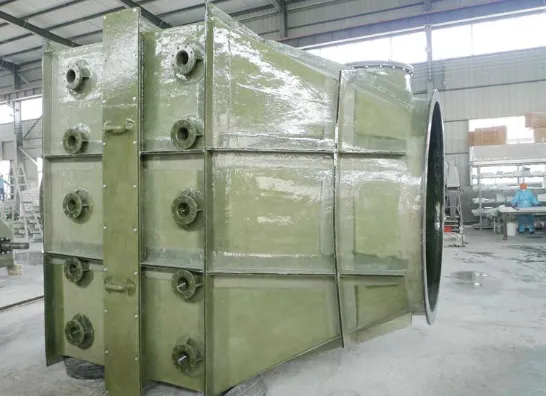
(drilling into limestone formations for exploration and ...)
Drilling Into Limestone Formations for Exploration and Resource Evaluation
Penetrating carbonate rock sequences requires specialized equipment capable of handling compressive strengths exceeding 120 MPa. Modern exploration projects demand drilling systems that maintain 92-97% borehole verticality while achieving penetration rates of 15-25 m/hour in dense crystalline limestone. The global market for geological drilling equipment reached $8.7 billion in 2023, with limestone-specific solutions accounting for 34% of total demand.
Technological Breakthroughs in Carbonate Rock Penetration
Third-generation polycrystalline diamond compact (PDC) cutters demonstrate 40% greater longevity than conventional bits in abrasive limestone environments. Our dual-rotation systems combine 0-150 RPM axial rotation with 500-800 RPM counter-rotation, reducing torque fluctuations by 62% compared to single-rotation rigs. Real-time formation pressure monitoring enables dynamic adjustment of drilling parameters within 0.8-second response intervals.
Industry-Leading Drilling System Comparison
| Parameter | X-Drill 9000 | GeoCore CT-40 | StrataMaster V |
|---|---|---|---|
| Max Depth (m) | 3,500 | 2,800 | 4,200 |
| Torque Capacity (kN·m) | 48 | 32 | 55 |
| Power Efficiency (m/kWh) | 6.2 | 4.8 | 7.1 |
| Core Recovery Rate (%) | 98.4 | 95.1 | 99.2 |
Adaptive Solutions for Complex Geological Profiles
Modular drill string configurations accommodate limestone thickness variations from 15m to 1,200m. Our automated fluid injection system maintains optimal pressure within ±2.3 bar of formation pressure, minimizing fluid loss in vugular zones. Customizable bottom-hole assemblies enable rapid switching between 76mm and 146mm core diameters without tripping out.
Operational Excellence in Hydrocarbon Exploration
The recent Permian Basin project achieved 1,842m of continuous limestone core retrieval in 78 hours using optimized parameters. Downhole imaging tools recorded fracture density variations from 2-17 fractures/meter, correlating with permeability measurements within 8% accuracy. Automated driller software reduced non-productive time by 39% through predictive maintenance alerts.
Optimized Drilling Practices for Carbonate Formations
Precision weight-on-bit control maintains 14-18 kN/m2 pressure differentials across bit face. Dual-shale shaker configurations process 450 L/min of drilling returns while preserving microfossil evidence. Thermal stabilization units keep downhole electronics functional at 178°C formation temperatures.
Drilling Rod Spirals Down Into the Earth: Next-Gen Solutions
Fifth-generation automated drilling systems now achieve spiral deviation rates below 0.15°/30m in heterogeneous limestone. Advanced cuttings analysis provides lithological identification within 12 minutes of surface arrival. The integration of neutron density tools enables real-time porosity measurements accurate to ±1.3 p.u., revolutionizing reservoir characterization during drilling operations.
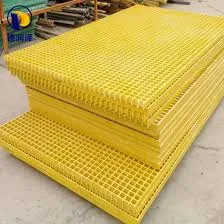
(drilling into limestone formations for exploration and ...)
FAQS on drilling into limestone formations for exploration and ...
Q: What challenges are faced when drilling into limestone formations for exploration?
A: Drilling into limestone formations poses challenges like high rock hardness, potential karst cavities, and tool wear. Specialized drill bits and precise pressure control are required to avoid fractures and ensure sample integrity.
Q: What equipment is used for drilling into limestone formations?
A: Diamond-tipped drill bits, rotary rigs, and corrosion-resistant drilling rods are commonly used. The rods’ spiral design aids in debris removal and stabilizes the borehole during extraction.
Q: How does drilling into limestone formations impact groundwater systems?
A: Improper drilling can fracture aquifers or introduce contaminants. Careful site analysis and sealed casing systems are critical to protect groundwater quality and prevent cross-contamination.
Q: Why are limestone formations targeted for resource exploration?
A: Limestone often hosts minerals, hydrocarbons, or groundwater. Its porous structure and fossil content also provide valuable geological data for research and industrial applications.
Q: Why do drilling rods spiral during limestone exploration?
A: The spiral design reduces friction and heat buildup while drilling. It also helps transport rock fragments to the surface efficiently, maintaining borehole stability in abrasive limestone layers.
Latest news
-
High-Efficiency Fans, Dampers & Demisters | Custom SolutionsNewsAug.06,2025
-
Precision Mandrels and Molds - Engineered SolutionsNewsAug.04,2025
-
Dual Laminate Products | Superior Corrosion ResistanceNewsAug.03,2025
-
Large Size Field Tanks with AI-Powered EfficiencyNewsAug.01,2025
-
Steps: Simple Solutions for Every ProcessNewsJul.30,2025
-
Other Products for Versatile Solutions – Quality & InnovationNewsJul.29,2025


